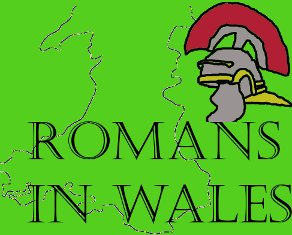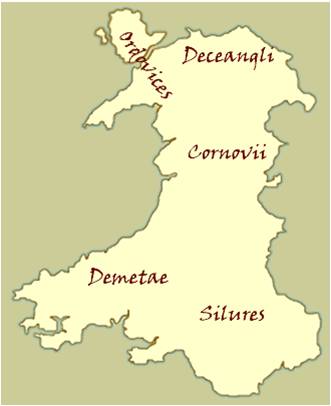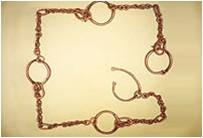Romans in Wales for pupils
Who were the Romans?
The Romans were the people from a city called Rome in what is now Italy. Rome was the greatest city of its time. At one time it had nearly one million people living there.
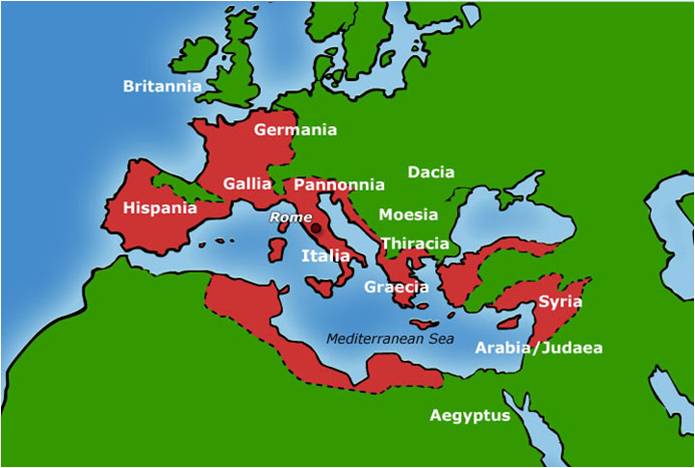
What was Wales like before the Romans invaded?
- The Welsh lived as tribes each with their own leader or chieftain, the tribe that lived in the South of Wales was called the Silures
- They lived in round houses made of wattle and daub (also known as mud and straw)
- some built defences and wooden walls called hillforts (like at Caerau in Ely)
- There were no roads, only trackways made of mud
- There are over 1000 Iron Age hillforts in Wales. They have steep slopes, a high wall and deep ditch which all helped keep tribes such as the the Silures safe in their homes.
- Farmers lived on the land they farmed. Sometimes farms would be built in spots with a good source of water, or fertile ground of good pasture for the animals. The Celts grew corn and kept cows, pigs, horses, goats and sheep.
- The hillforts didn’t keep the Romans out though and the tribes were conquered when the Romans invaded in AD43.
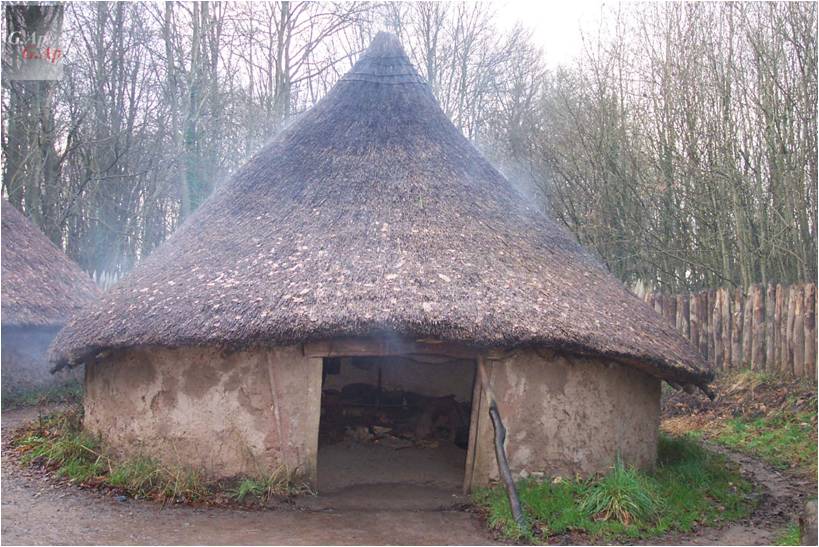
How to build an Iron Age house (via BBC)
Why did the Romans come to Wales?
In 55 B.C. the Roman General Julius Caesar led his army across the sea from Gaul (France) to Britain. He wanted to make Britain part of Rome’s empire. The British fought bravely, and after a heavy storm where many of his ships were destroyed, Caesar soon went back to Gaul (France).
Nearly a hundred years later, in A.D. 43, the Romans returned after being asked by the Chieftain of the Atrebates (the area now Sussex, Hampshire and Berkshire) called Verica who was fighting against two other Chieftains called Togadamus and Caratacus (from Essex). Emperor Claudius sent an army to invade Britain. The army had four legions. This time the Romans conquered the southern half of Britain, and made it part of the Roman Empire. It took about four years for the invaders to finally gain control over southern England, and another 30 years for them to conquer all of the West Country and the mountains and valleys of Wales. The battle for Yorkshire and the remainder of northern England was still underway in AD 70.
Perhaps the Romans only used Chieftain Verica’s quarrel as an excuse and the real reasons for coming to Wales were:
- Land (expansion of empire)
- Honour of military conquest (Claudius had just recently been made emperor and wanted to impress everyone)
- Food such as corn and cattle (everyone likes bread, milk and meat supplies!)
- Slaves (very useful if you don’t want to clean your own house, The Romans thought that Celtic people made the best slaves)
5. Metals : iron, lead, zinc, copper, silver and especially gold mines in Wales! (because everyone likes jewellery)
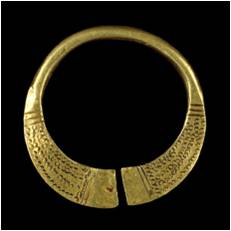
What did the Romans say about the Welsh tribe the Silures:

What did the Roman Soldiers look like?
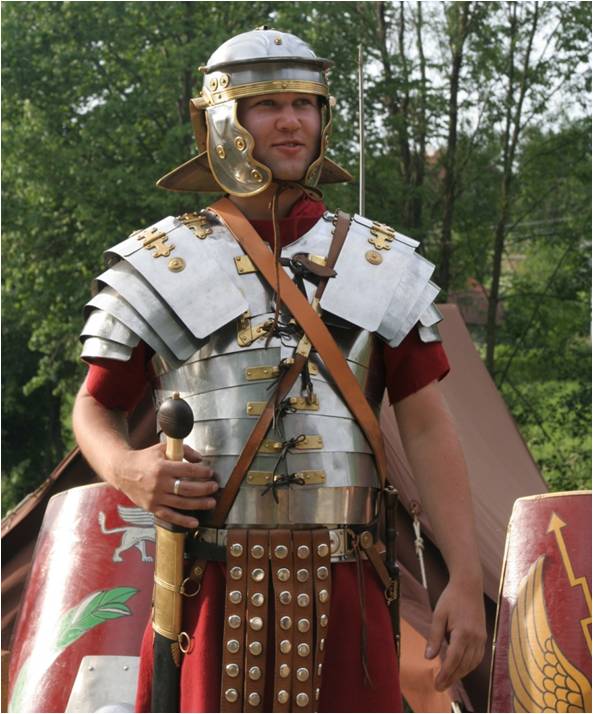
They had:
- Armour, plated (like an armadillo) or scale
- Short Sword, Shield, Helmet
- Wore a tunic and had leather sandals
- Only men fought
What did Welsh Soldiers look like?

They had:
- No clothes, apart from spikey hair and painted their bodies blue from the dye of a plant called woad
- Carried a long sword, shield and spear
- Only the wealthy had helmets
- Men and Women fought
Caractacus and the Silures South Welsh Rebellion
After the invasion in AD 43 the Emperor Claudius killed Chieftain Togadumnus in battle, but Caracatus managed to flee to South Wales and set himself up as a resistance leader of the Silures.
In the winter of AD47-8, Caractacus and the Silures began to attack other tribes loyal to the Romans in the Severn Valley known as the Dobunni. However he was beaten back to a well fortified hilltop, possibly Dunraven near Ogmore beach and later fled to Cartimandua Queen of the Brigantes (now Midlands and Yorkshire), who betrayed him and handed him over to the Romans in AD51.
The South Welsh tribe the Silures continued the defence of their land and managed to defeat a whole Roman army. However, eventually in AD 52 they too were defeated.
The Romans always suspected the Silures of trying to start new rebellions and so built lots of forts and fortlets to ensure that the Roman army always had a presence there. The biggest was Caerleon.
Info on Boudicca and Iceni Rebellion against the Romans
Romans TV, or how to become a Roman
A bit about Iron Age Religion…
The Romans wrote a bit about Iron Age Religion as the British did not know how to write at that time:
They wrote about the power of the Celts’ priests, who were called druids.

The druids knew how to keep their gods happy – they sacrificed food, precious objects, and even people to their gods and goddesses.
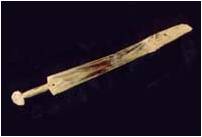
Archaeologists found evidence of a ritual sacrifice in a peat bog.
A digger moving earth in a peat bog in Cheshire found a human body buried deep in a bog. The shocked workmen called the police – they thought the man had been murdered.
The man had been knocked on the head, strangled and his neck had been cut. Imagine their surprise when archaeologists worked out that he was an Briton who had been killed 2000 years ago!

Only the upper half of the man’s body remained. Archaeologists found food still in his stomach after 2,000 years! His last meal was bread.
